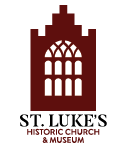‘Hell or Connaught’ were the terms he thrust upon the native inhabitants, and they for their part, across three hundred years, have used as their keenest expression of hatred ‘The Curse of Cromwell on you.’ … Upon all of us there still lies ‘the curse of Cromwell’.
~ Winston Churchill
The years from 1649 to 1660, which constituted the period of the Commonwealth of England, were extraordinarily violent. While Oliver Cromwell is often seen as this era’s most dominant leader in England, there were others who helped chart the course of the republican government. In fact, he was not even in the Country as the new government was being formed by notables such as Henry Ireton, Thomas Harrison, Edmund Ludlow, Henry Marten, and Puritan Clergyman Hugh Peters with Cromwell not becoming Lord Protector until the waning days of 1653. The government was a patchwork of people who had their greatest ties to the Parliamentarian or “New Model Army.” The Parliament itself (Rump Parliament) was actively engaged during the years of warfare in Ireland and with the Dutch, but, with the installment of Cromwell as Lord Protector, was dismissed. In those early years of the Commonwealth, laws were passed that ended monarchy, the House of Lords, Episcopacy, and the use of the Book of Common Prayer. The goal of many in power was for a vast toleration of Protestant religious groups but continued to see the Roman Catholic Church and the Pro-Monarchists as the enemy to be subdued. Many more radical reforms that were backed by the Army were never enacted while Parliament was in power, and later Cromwell’s Protectorate had to deal with the myriad of reform-minded sects that divided the realm. The most radical groups, like the Levellers, were considered threats to the Commonwealth government, and threats to overthrow Cromwell’s Protectorate were eventually exposed and punished.
After the execution of Charles I, the “New Model Army” was sent to Ireland to destroy the Irish Confederacy, made up of Irish Catholics and Royalists in exile. Cromwell became head of the Army and the policy in Ireland was one of brutality against men, women, children, and clergy as well as the defending troops. The siege of Drogheda is remembered to this day for its extraordinary violence even by the standards of mid-17th century Europe. The New Model Army ordered the execution of soldiers who had surrendered, Catholic clergy and lay people were slaughtered and Cromwell himself stated that no peace could be had without the total destruction of the Roman Catholic Church.¹ Rallying his troops around the fresh memory of the 1641 Irish Rebellion, Cromwell saw the Catholic Church as nothing more than a political power to be destroyed. Cromwell observed, “Catholicism is more than a religion, it is a political power. Therefore I’m led to believe there will be no peace in Ireland until the Catholic Church is crushed.”² The Irish Settlement of 1652 rewarded New Model Army members and those who financially backed the Army with land confiscated from the Roman Catholic Gentry and during the Interregnum, only 8% of lands in Ireland were in the possession of Irish Catholics. What some historians refer to as “Protestant Hegemony,” would be the source of much bloodshed in Ireland for more than two centuries. Instances such as 30 Irishmen being executed for their alleged complicity in the Irish Rebellion of 1641 in 1653 were not uncommon. It is estimated that nearly 200,000 Irish people lost their lives during the Commonwealth period out of a population of 2 million. An additional 50,000 were sold into indentured servitude in North America and the Caribbean. Catholics were prohibited from practicing their faith, as Cromwell quipped; “I shall not, where I have the power… suffer the exercise of the Mass.”³
The irony of Scotland’s situation during the Commonwealth era is not lost on most historians. It turned on the New Model Army after first being an integral participant in the defeat of Charles I, sealing their fate and ending their chance for an independent state and religious order. Indeed, it had been Scotland who put James I (James VI in Scotland) on the throne in England and Scotland who helped facilitate the defeat of James’ son Charles I. In 1649 Scotland declared its fidelity to Charles II as King of Britain thereby pitting it against the New Model Army. After the siege of Drogheda in Ireland, Cromwell took control of the English Army in Scotland in July of 1650. The Scottish forces were defeated at the Battles of Dunbar and a year later at Worcester, Scotland came under the auspices of the English “Free State.” While the New Model Army was not nearly as vicious as it was in Ireland, Scottish youth was severely depleted, with estimates of up to 40,000 Scots lost in the invasion by Cromwell. Under an agreement known as the “Tender of Union,” monarchy was abolished and the control of the Kirk (Presbyterian Church government) was limited. Toleration was extended to many of the Protestant groups except for Anglicans, with Catholics also being excluded from the religions rights afforded to others. Few dissenting groups were present in Scotland other than a small population of Quakers. Disputes in the new Commonwealth arose between contending factions over who would have the ability to vote. Ultimately those who had favored Charles I during the Civil Wars were excluded by Parliament and most Scotsmen were disenfranchised, being prevented from holding public office.
For a man devoted to the ideals of religious freedom, Cromwell and his Republican allies denied basic freedoms in both Ireland and Scotland. Their efforts within England were also far less than the ideals during the Civil Wars. Cromwell, though a more than able soldier, was no statesman. For a government that subdued Ireland and Scotland into the Empire and won a war against the Dutch, it is startling that the Commonwealth would last just over a single decade. The decline of the Republican cause can be accredited in large part to their brutal policies and ineptitude at crafting a governmental apparatus that was equal to the task of guiding a newly born Empire. Join us for our next and final installment which will look at the state of religious affairs in the North American Colonies during the Commonwealth period.
Footnotes:
1 – Burke, James. “The New Model Army and the Problems of Siege Warfare, 1648-51.” Irish Historical Studies 27, no. 105 (1990): 1–29. http://www.jstor.org/stable/30008799.
2 – Cunningham, John. “Oliver Cromwell and the ‘Cromwellian’ Settlement of Ireland.” The Historical Journal 53, no. 4 (2010): 919–37. http://www.jstor.org/stable/40930363.
3 – Hardinge, W. H. “On Circumstances Attending the Outbreak of the Civil War in Ireland on 23rd October, 1641, and Its Continuance to the 12th May, 1652; the Numerical Extent and Manner of the Transplantation of Irish into Connaught and Clare; the Extent, Value, and Distribution of the Forfeited Lands; Their Insufficiency to Satisfy the Debts and Arrears Due to Adventurers and Soldiers; the Solution of That Difficulty under the Acts of Settlement and Explanation; and the Results of These Operations.” The Transactions of the Royal Irish Academy 24 (1873): 379–420. http://www.jstor.org/stable/30079265.
References:
Sixteenth-Century Ireland (New Gill History of Ireland 2): The Incomplete Conquest – Irish Landlords and the Extension of English Royal Power 2nd Edition, Kindle Edition by Colm Lennon
Through Great Britain and Ireland with Cromwell Kindle Edition, by H.E. Marshall
Cunningham, John. “Oliver Cromwell and the ‘Cromwellian’ Settlement of Ireland.” The Historical Journal 53, no. 4 (2010): 919–37. http://www.jstor.org/stable/40930363.
Thirsk, Joan. “The Sales of Royalist Land during the Interregnum.” The Economic History Review 5, no. 2 (1952): 188–207. https://doi.org/10.2307/2591056.
Maclear, James F. “Quakerism and the End of the Interregnum: A Chapter in the Domestication of Radical Puritanism.” Church History 19, no. 4 (1950): 240–70. https://doi.org/10.2307/3161160.
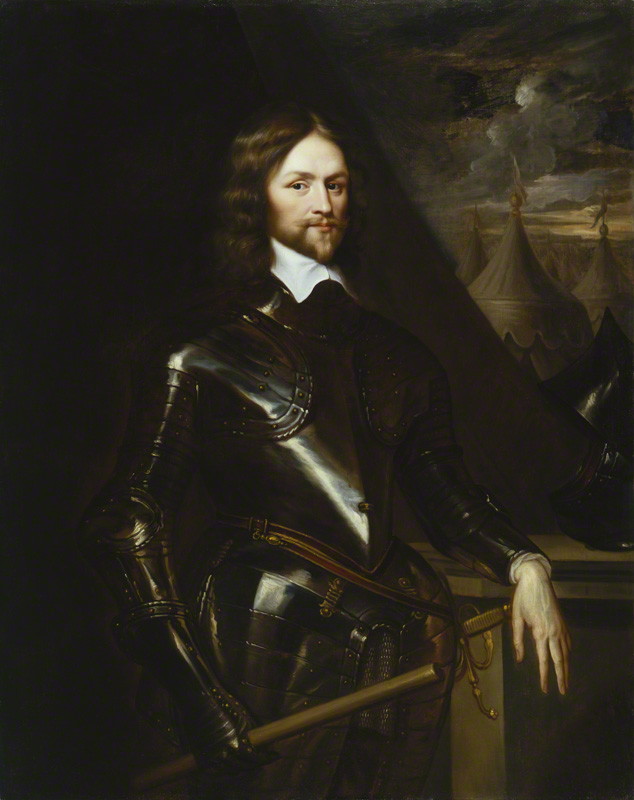
Above: A portrait of Henry Ireton, who led the movement to execute Charles I.
photo credit: National Portrait Gallery, London
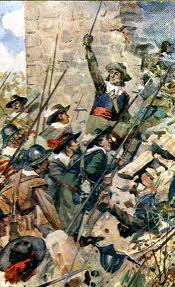
Above: A portrait of the Drogheda Assault, a siege in Ireland in which both civilians and military defenders were slaughtered. Catholic Clergy were ordered to be executed.
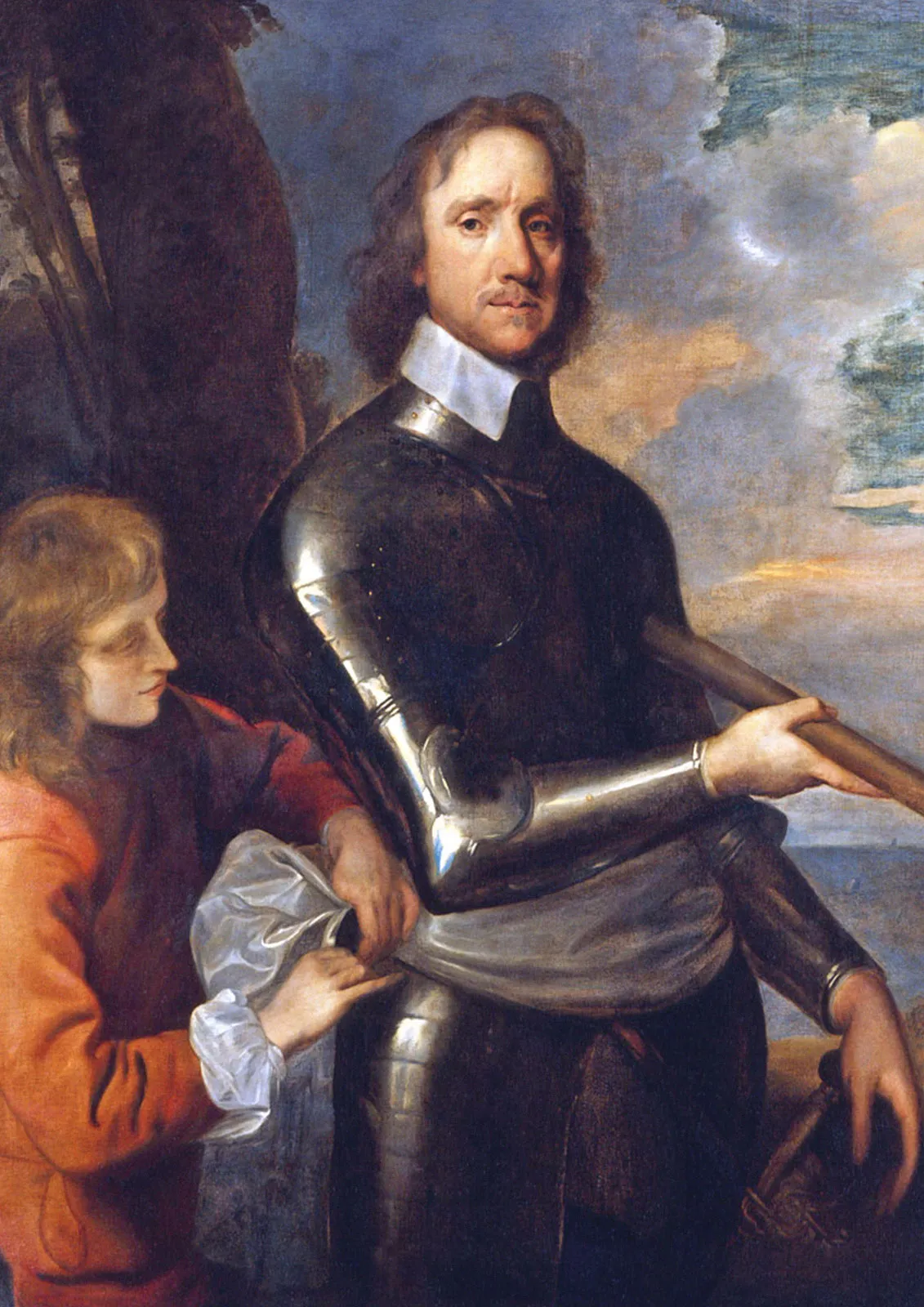
Above: A portrait of Oliver Cromwell, the leader of the New Model Army and Lord Protectorate from 1653-his death in 1658.
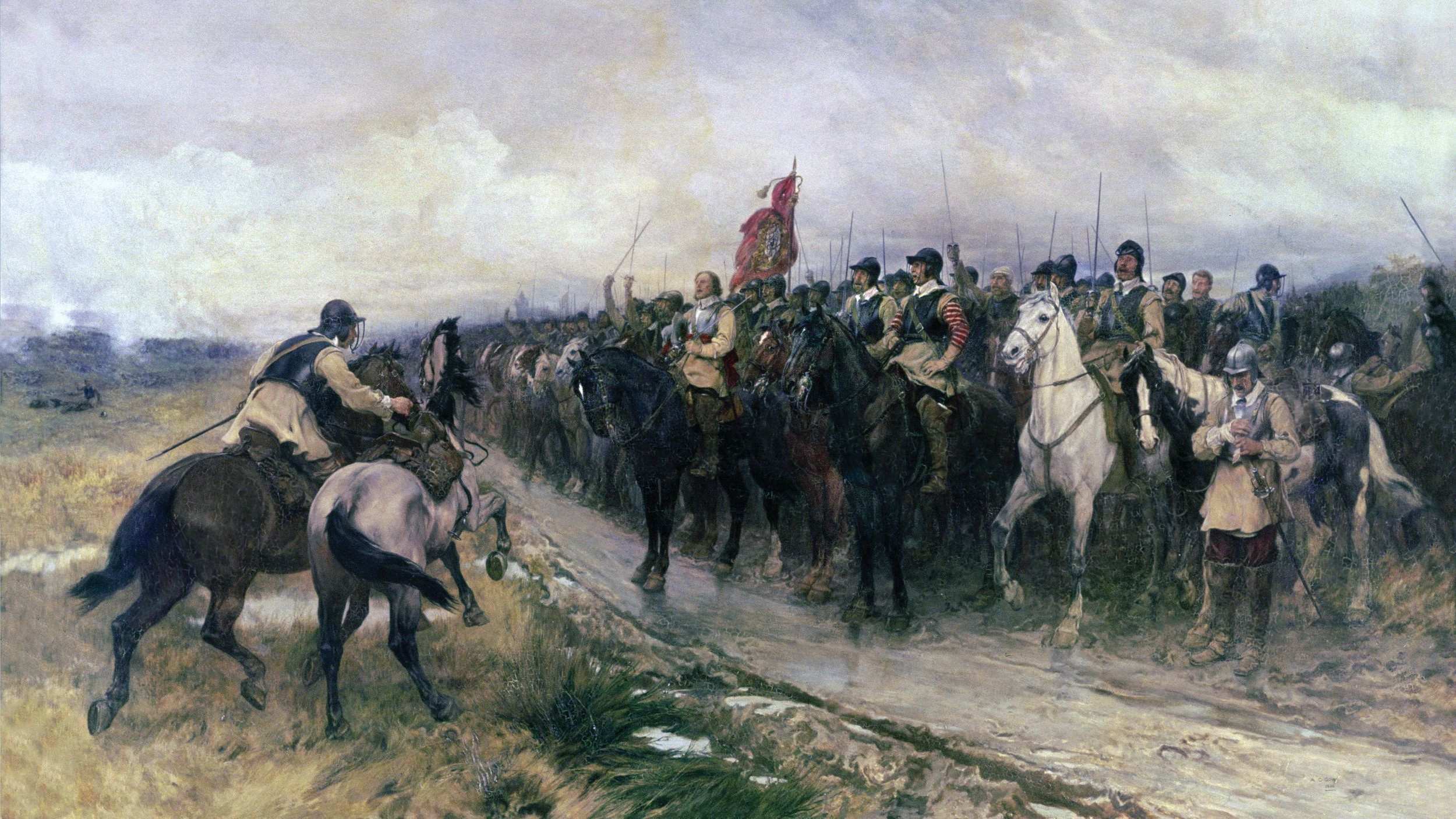
Above: A portrait of The Battle of Worcester – the last major battle of the “War of the Three Kingdoms.”
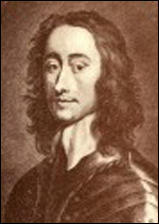
Above: A portrait of Thomas Harrison, Major General in the New Model Army and Leader of the Fifth Monarchists during the Interregnum.
Enjoy this article? Please consider supporting St. Luke’s with a donation!
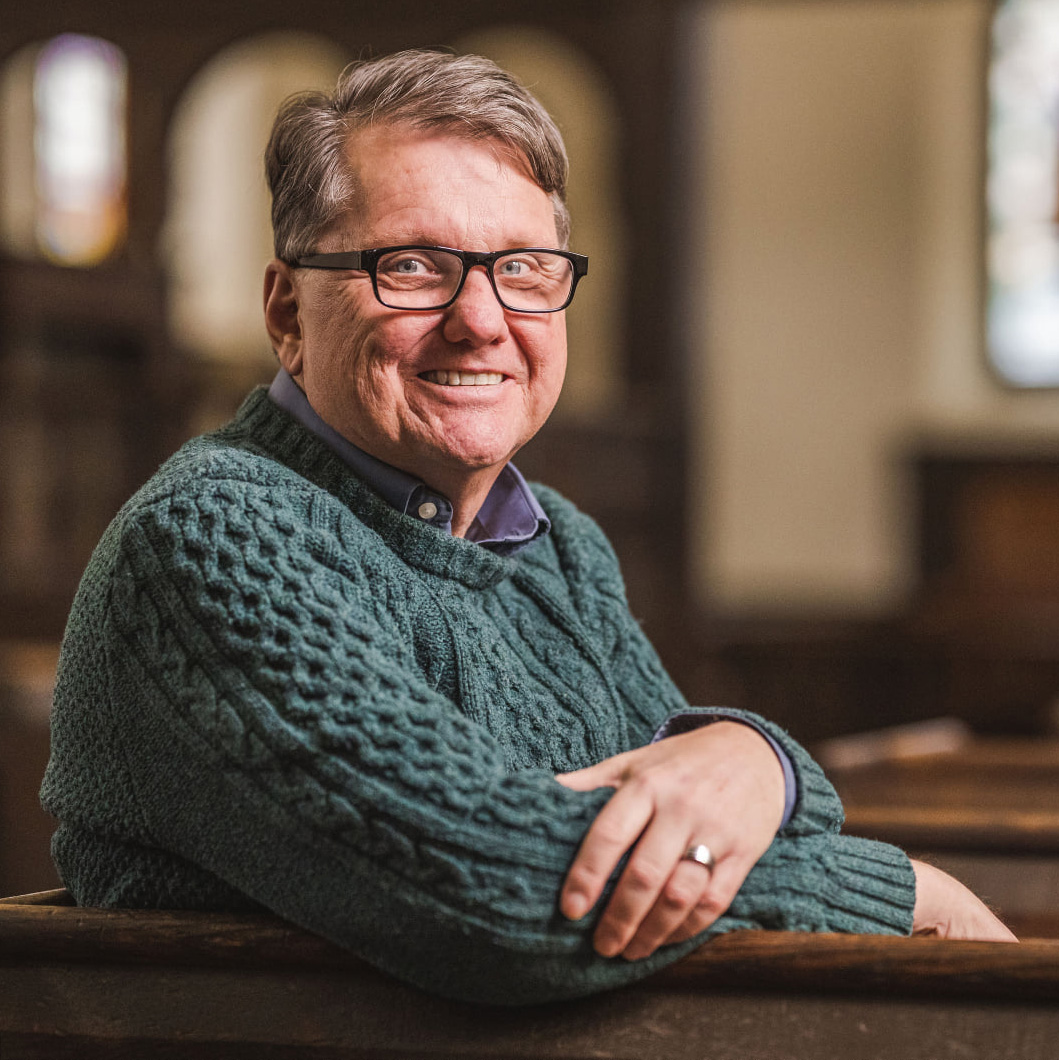
About the Author
John Ericson is the Education Coordinator and a Public Historian for St. Luke’s Historic Church & Museum. John holds a degree in History from Roanoke College and a Masters of Divinity from the Lutheran Theological Seminary at Gettysburg. In addition to John’s role at St. Luke’s, he is the Pastor of Reformation Lutheran Church in Newport News, Virginia. John is married to Oneita Jamerson Ericson, a native of Isle of Wight County, Virginia. They have three sons, Matthew, Thomas, and James, as well as two granddaughters, Carys and Lennon. The Ericsons currently resides in Hampton, Virginia. John has been teaching Reformation History and the Early American Religious Experience for more than thirty years.
